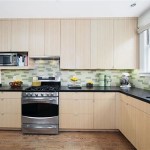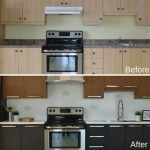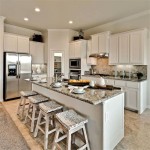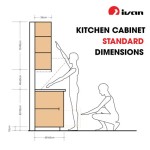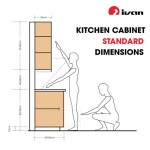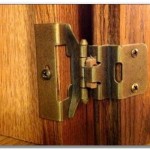Crown Molding on Kitchen Cabinets: Elevate Your Space with Style and Sophistication
Crown molding, the ornamental trim that adorns the tops of cabinets and walls, has long been a staple in both traditional and contemporary interior design. When incorporated into kitchen cabinets, crown molding can elevate the space, adding a touch of elegance and architectural interest while also enhancing functionality.
Here are some essential aspects to consider when incorporating crown molding into your kitchen cabinet design:
1. Style and Design
Crown molding comes in a wide array of styles, from intricate and ornate to simple and streamlined. Choose a style that complements the overall design of your kitchen, considering the cabinetry, appliances, and any existing architectural features.
2. Size and Proportion
The size and proportion of the crown molding should be proportionate to the scale of your cabinets and the size of the kitchen. Larger kitchens can accommodate more elaborate and substantial molding, while smaller kitchens may benefit from a simpler, less overwhelming design.
3. Material Selection
Crown molding can be crafted from various materials, including wood, MDF, polyurethane, and even metal. Wood is a traditional and durable choice, offering warmth and character. MDF is a cost-effective option with good paintability. Polyurethane is lightweight and moisture-resistant, suitable for bathrooms and high-traffic areas. Metal can add a modern and industrial touch to the kitchen.
4. Functionality
In addition to its aesthetic appeal, crown molding can also serve a functional purpose. It can conceal gaps between the cabinets and the ceiling, preventing dust and debris from accumulating. By directing airflow upward, it can help reduce condensation on the underside of the cabinets.
5. Installation
Crown molding can be installed using various methods, including using a nail gun, adhesive, or crown stapler. It's important to ensure that the molding is properly secured and level to prevent any sagging or gaps. Professional installation is recommended for complex designs or large kitchens.
6. Painting and Finishing
Once installed, crown molding can be painted or stained to match the cabinets or create a contrasting effect. Choose a paint or stain that is compatible with the material of the molding and the desired finish. Multiple coats may be necessary to achieve an even and durable finish.
Conclusion
Crown molding on kitchen cabinets is a versatile and impactful design element that can enhance the style, functionality, and overall ambiance of the space. By considering the factors discussed above, you can select and install crown molding that complements your kitchen's unique character and elevates it to a space of both beauty and practicality.

3 Ways To Enhance Your Kitchen With Crown Molding

Crown Moulding The Recently Rediscovered Kitchen Solution

Adding Crown Molding To Kitchen Cabinets Young House Love

11 Kitchen Cabinet Crown Molding Ideas For Your

3 Ways To Enhance Your Kitchen With Crown Molding

Diy Kitchen Cabinet Upgrade With Paint And Crown Molding

11 Kitchen Cabinet Crown Molding Ideas For Your

Decorative Molding Timberlake Cabinetry

A Guide To Crown Molding For Kitchen Cabinets Mimosa Bath

Home Decorators Collection Tremont Pearl Gray Painted Plywood Shaker Stock Assembled Kitchen Cabinet Crown Molding 96 In W X 2 5 D 3 H Cm8 Pg The Depot
Related Posts

